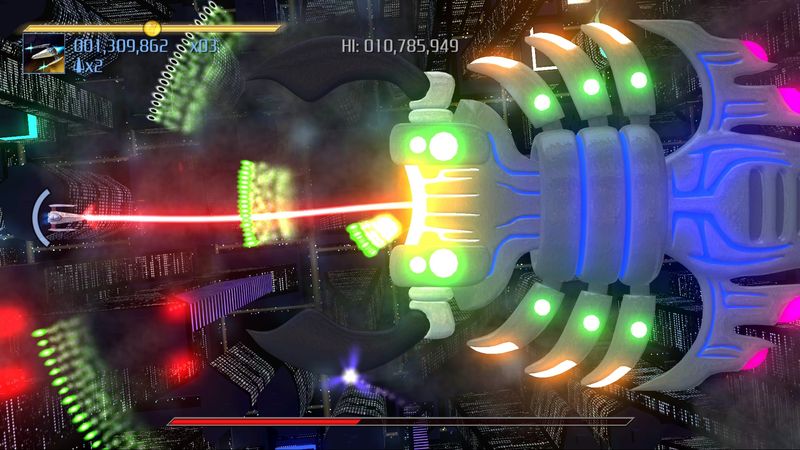Introduction
When I set out to clear every corner of Procyon, I did not expect a brief yet polished shooter to win me over. Deadly Red Cube’s 2014 indie release packs five levels of crisp action. It wears its influences on its sleeve but builds enough of its own style to earn a spot in any shoot ’em up aficionado’s library.
Overall Impressions
Procyon feels like a “meat and potatoes” shoot ’em up in the best sense. It delivers solid mechanics and a dependable challenge without reinventing the wheel. The weapon-and-shield synergy stood out immediately. I toggled between wide bullets and a concentrated beam to full effect. Yet the short campaign left me wanting a deeper narrative and more varied boss encounters. Compared to brutal contenders in the genre, Procyon trades extreme difficulty for accessibility. That makes it a strong entry-point for newcomers and a relaxed warm-up for veterans.
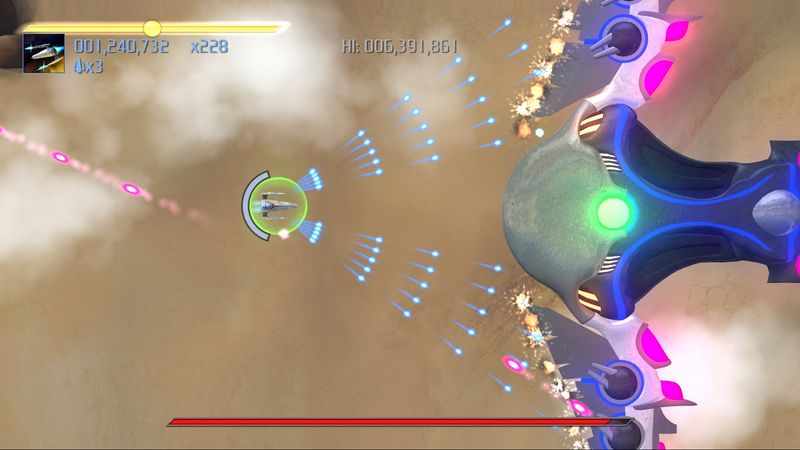
Gameplay Mechanics
The core of the game’s mechanics lies in its seamless fusion of offense and defense. Navigating dense bullet patterns across shifting vertical and horizontal stages feels surprisingly intuitive, thanks in large part to the Weapon-Shield Fusion system: linking your shield to an active weapon not only bolsters your defenses but hands out satisfying damage bonuses whenever you clear waves. Complementing this is the Beam Dynamics feature, which allows your beam to arc and bend—so you can thread through tight gaps while keeping the pressure on foes. Add Instant Switching between these modes with a single button tap, and you’ve got a fluid, responsive toolkit that feels vital when the screen fills with projectiles.
Some of the most memorable moments come from pushing these systems to their limit. The Level 3 boss, for instance, forces you to juggle precise shield-weapon combinations just to crack its core defenses, turning every swap into a high-stakes gamble. Meanwhile, Survival Mode’s one-life challenge turns every reflexive dodge into a nail-biting exercise, rewarding sharpened instincts and punishing a single misstep.
Still, the experience isn’t without its rough edges. Boss designs, while competent, rarely surprise—you rarely learn new patterns or tricks beyond the first encounter. And despite the strength of the solo challenges, the lack of any online co-op feature leaves potential for cooperative tactics unexplored. Even so, the game’s tight mechanics and clever systems offer enough depth to keep players coming back for more.

Story and Characters
Procyon’s plot treads familiar sci-fi ground: humanity under alien siege, an untested experimental ship, and daring pilots ready to save humankind. The mini-story cutscenes inject occasional humor. I recommend watching them at least once for the developer’s tongue-in-cheek nods to golden-age space opera clichés. Character identity remains minimal. You never learn your pilot’s name. I view that as intentional brevity, letting gameplay take center stage. Still, deeper world-building would have enriched the stakes.
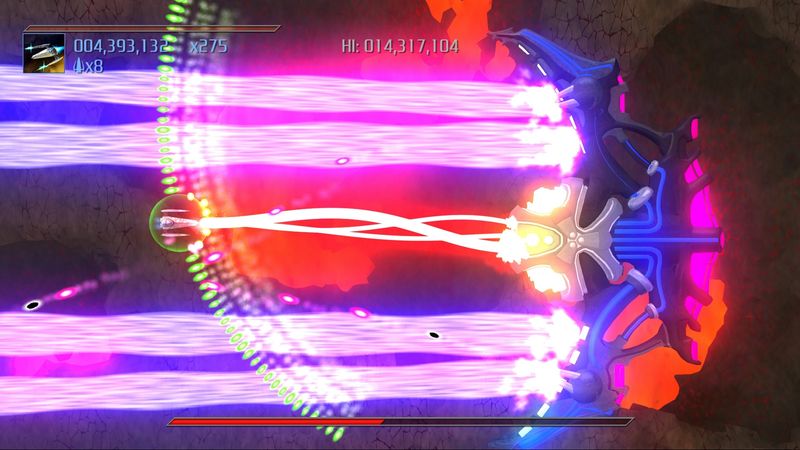
Visuals and Graphics
Deadly Red Cube’s visuals ditch the retro 8-bit look in favor of high-definition backdrops that make every stage feel alive, with crisp enemy and environmental designs that pop against detailed backgrounds. Dynamic lighting effects punch up boss entrances and weapon discharges, adding drama to each encounter, and the mix of vertical and horizontal scrolling stages keeps the scenery—and your senses—constantly on their toes.
Behind-The-Scenes Trivia
The team created all shaders in-house using a custom engine they’d developed for this project. That investment paid off in polished effects without taxing mid-range PCs.
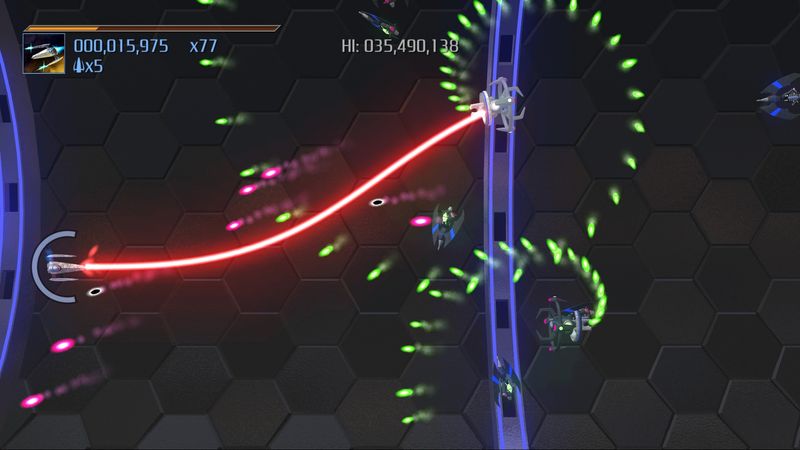
Sound and Music
Procyon’s soundtrack truly elevates the indie shmup experience, with a thumping opening theme that instantly ramps up your adrenaline and subtle electronic flourishes underscoring every boss transition; tight, punchy sound effects make each hit and explosion feel weighty and satisfying. Crafted over six months by Deadly Red Cube in collaboration with three independent composers from around the world, the diverse sonic palette keeps you coming back just to soak in the energetic tracks. And with no voice acting to interrupt the flow, the score’s pure arcade vibe remains front and center.
Difficulty and Replayability
While the five-level campaign can be completed in roughly 30 minutes—consistent with many player reports—the game really shines in its replay modes: Attrition Mode lets you start with five lives and earn extra with each cleared level, while Survival Mode’s single-life challenge transforms every reflex into a high-stakes tightrope walk. Thanks to Steamworks integration, you’ve also got achievement tracking, card drops, and global leaderboards to chase—features that kept me glued for hours as I pursued perfect clears and top scores. Though the absence of online co-op feels like a missed opportunity, the solo challenge on offer remains thoroughly compelling.
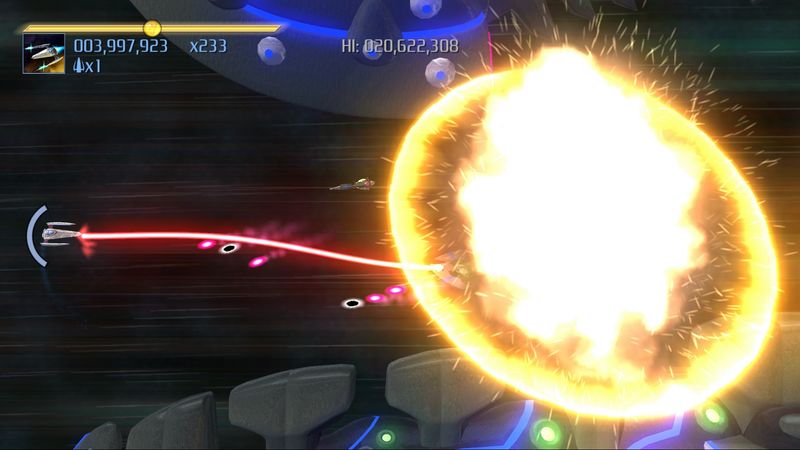
Comparison to Genre Peers
Compared to Ikaruga’s color-swap mechanics, Procyon offers a simpler core loop. It does not innovate radically, but it executes its formula cleanly. If you need punishing bullet hell, look elsewhere. If you want a polished, approachable shooter with room for mastery, Procyon fits the bill. At $3.99 on Steam, it undercuts many higher-priced indie shmups by offering solid content at a budget price.
Developer Spotlight
Deadly Red Cube is a small Swiss studio founded in 2012 by three university classmates. Procyon served as their breakout project. In a recent interview, the team hinted at mod-support tools arriving later this year. They credit early community feedback on Steam forums for shaping Survival mode’s final design.
Final Thoughts
Procyon won me over with dependable mechanics, stellar audio, and distinct weapon-shield interactions. It drops you into a concise but satisfying shoot ’em up with clear replay hooks. Only average bosses and the brief campaign hold it back from greatness.
Rating: 4 out of 5 Stars
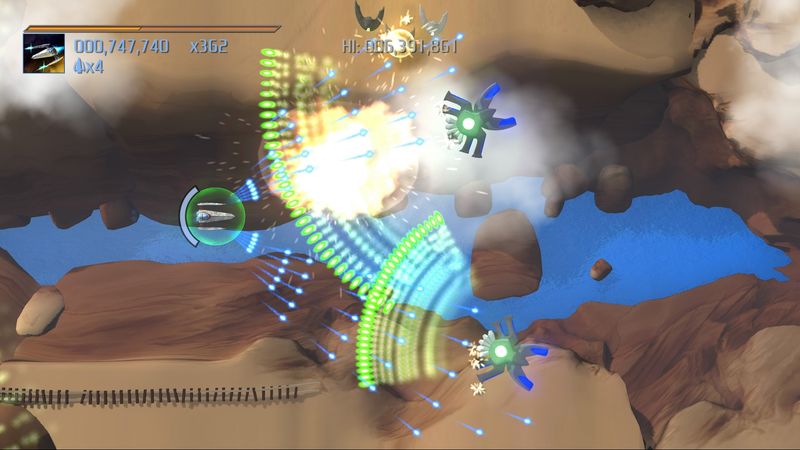
Conclusion
The game delivers a polished experience with tight, intuitive controls that feel instantly responsive, an innovative weapon-shield fusion mechanic that keeps combat fresh, an excellent soundtrack that perfectly complements the action, and a wealth of replay modes and achievements to keep you coming back—but it’s let down by a rather short five-level campaign, boss encounters that rarely rise above average, and the absence of any online co-op options.
